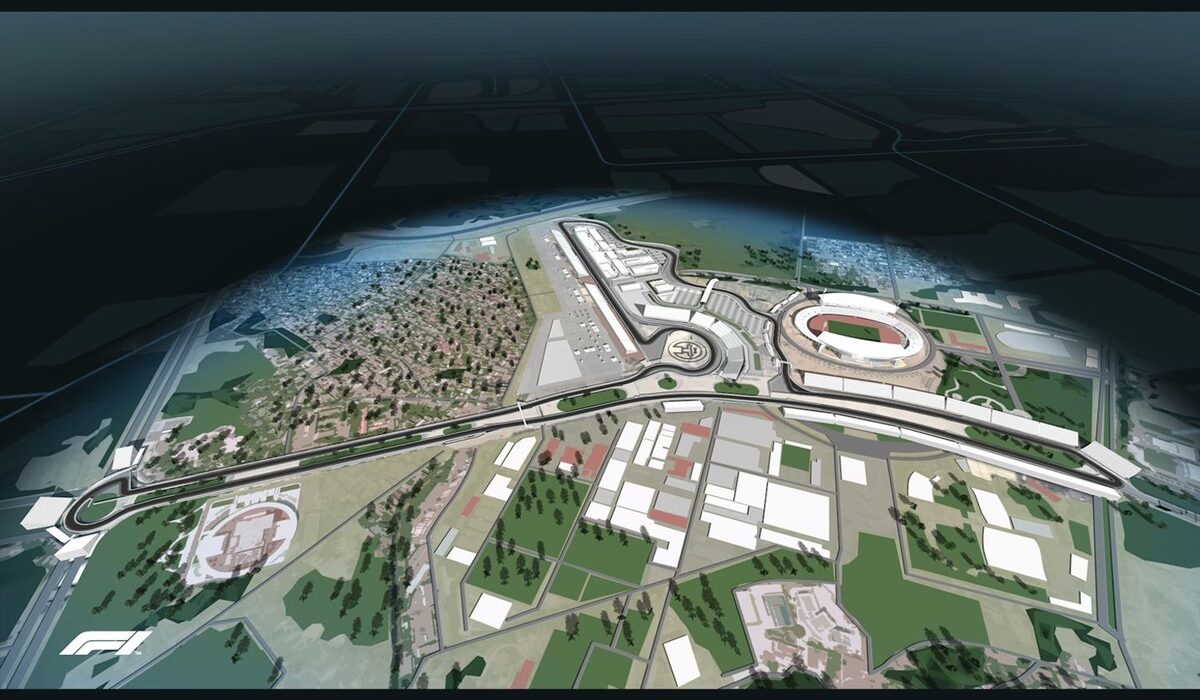Before the world had considered the word “lockdown” or the thought of hosting a family quiz on Zoom had crossed anyone’s mind, Formula 1 had lofty plans for 2020. The season was set to see F1 return to the Netherlands for the first time in 35 years and the series was planning its inaugural race in Vietnam.
When Covid-19 hit, however, those plans were thrown out the window. While F1 did eventually return to Zandvoort in the Netherlands a year later, the series never raced on the $600million track that was built for the inaugural Vietnamese Grand Prix.
The grand prix was announced by Liberty Media back in 2018 as the first brand new race to be brought in under F1’s new owners. A track layout was designed in collaboration with famed designer Hermann Tilke, which made use of city streets as well as purpose-built sections that could later be opened to the public.
Construction on those bespoke sections began in March 2019 and the track was signed off less than a year later – just in time for the Vietnamese Grand Prix’s debut on the F1 calendar in April 2020.
That never came, however, and the track still hasn’t found a place on F1’s calendar after Hanoi People’s Committee Chairman Nguyễn Đức Chung, who was one of the event’s key stakeholders, was arrested on corruption charges. The charges weren’t related to the event, but still cast a dark cloud over the prospect of a Vietnamese race.
As a result, Vietnam hasn’t appeared on the F1 schedule, but the 3.5-mile track in Hanoi is still there. The pit buildings that were constructed for the grand prix remain standing, and the paths that thousands of F1 fans would have walked to find their seats are all still there.
2020 Vietnamese circuit rendering
Photo by: FOM
Now, YouTube channel Beach Office has snuck inside the derelict racetrack to see how its fared these past five years, and things don’t look too pretty.
Pristine landscaping around the track has begun to rewild, and illuminations over paths and roads have started to deteriorate thanks to a lack of maintenance. Potholes have opened up in tarmac sections as plants grow through the cracks, and road markings to highlight twists and turns in the track have long-since faded.
Rather strangely, the grid boxes on the start line look almost as good as new, with the bright white and yellow markings still showing where the cars should have lined up on 5 April, 2020.
From a distance, the grand pit building looks to be similarly well-kept, but as the footage pans in closer the signs of decay are clear. Grey marks drip down the fences and balustrades that line the seating areas that should have hosted all manner of VIPs and invited guests, and the finish isn’t quite as polished as we’ve come to expect from F1.
The landscaped grounds, paddock building and a short section of track are all that remain of the project. The city streets that would have been commandeered are still used by commuters and delivery drivers navigating Hanoi, under the shadow of towering lights that should have illuminated the track.
The film is a fun dive into a track that has its place in F1’s history books without having ever hosted a grand prix. Five years after the race should have taken place, the closest we got to racing in Hanoi was in the world of esports, as it was included in the 2020 Formula 1 game and featured in F1’s own esports league that year.

